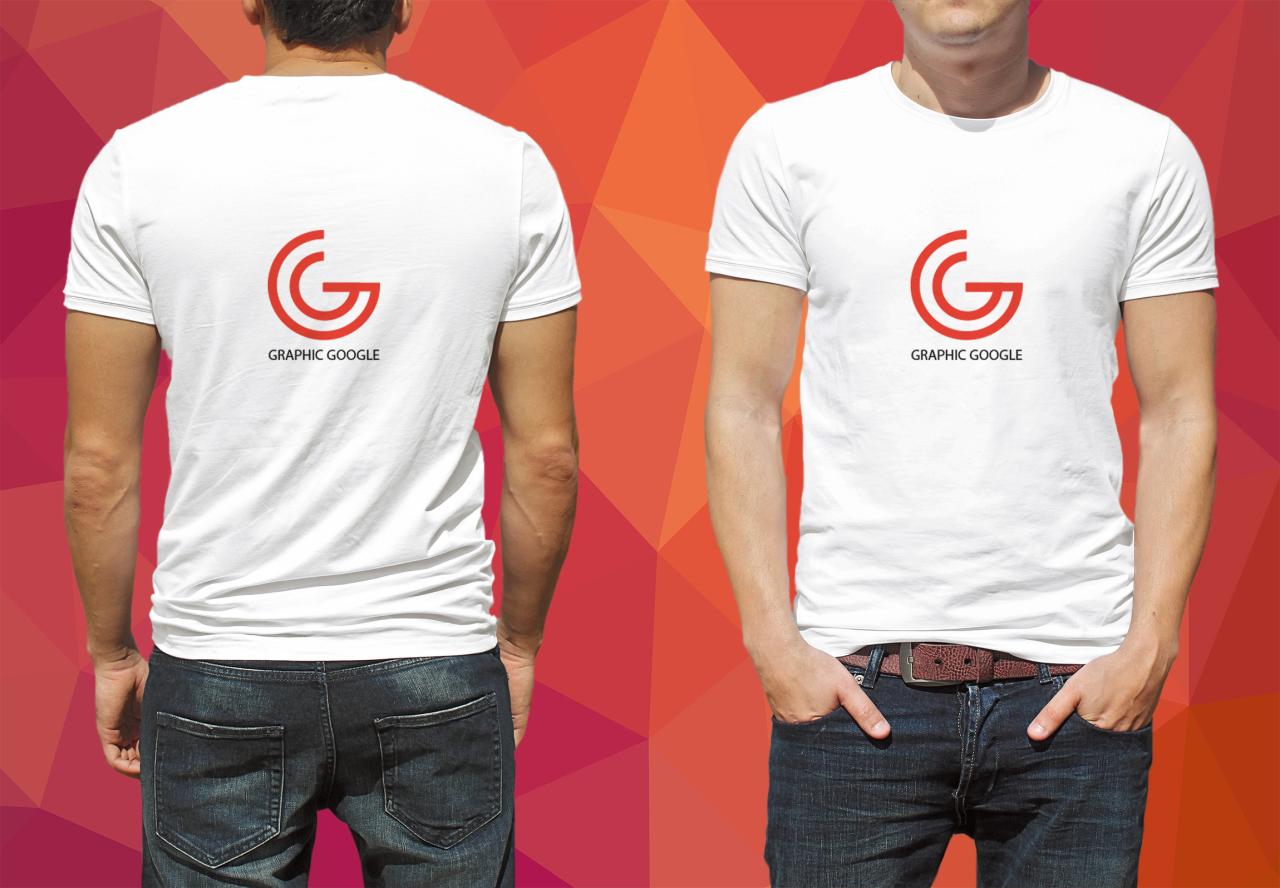
Mockup of T-Shirt: A Comprehensive Guide to Create Stunning Visuals
Introduction:
A mockup of a T-shirt is a digital representation of what the final product will look like. It serves as a powerful marketing tool that allows businesses and designers to showcase their designs in a realistic and captivating manner. By using a mockup, you can create virtual images of your T-shirts, giving potential customers a better understanding of how they will appear when worn.
Why Mockups Matter:
-
Enhance Visual Appeal: Mockups provide a more visually appealing presentation of your T-shirt designs, attracting the attention of potential customers.
-
Realism: By using high-quality mockups, you can create realistic images that accurately represent the texture, color, and fit of your T-shirts.
-
Customization: Mockups allow you to customize the T-shirt’s appearance, including color, design placement, and even background. This flexibility enables you to create endless variations of your designs.
-
Marketing Tool: Mockups are invaluable for marketing and promotion. They can be used on websites, social media platforms, and sales materials to showcase your T-shirt designs effectively.
Types of T-Shirt Mockups:
-
Flat Lay Mockups: These mockups present the T-shirt laid out flat on a surface, showcasing the design and overall shape.
-
On-Body Mockups: These mockups feature a person wearing the T-shirt, allowing you to display how it fits and looks on a human form.
-
3D Mockups: These mockups provide a three-dimensional representation of the T-shirt, enhancing realism and allowing for different angles and perspectives.
How to Choose the Right Mockup:
Selecting the right mockup is crucial to presenting your T-shirt designs professionally. Consider the following factors:
-
Type of Design: Choose a mockup that complements your design style. For example, a flat lay mockup may be suitable for simple text-based designs, while an on-body mockup is ideal for showcasing intricate artwork.
-
Target Audience: Determine the target audience for your T-shirts. Different mockups may appeal to different demographics, so choose one that aligns with your customer base.
-
Quality: Opt for high-quality mockups with sharp resolution and realistic textures. This will ensure your designs look their best.
Creating Your Own Mockup:
If you have the necessary skills, you can create your own mockups using design software such as Adobe Photoshop or Illustrator. Follow these steps:
-
Capture a High-Quality Photo: Take a clear and well-lit photo of your T-shirt against a neutral background.
-
Remove the Background: Use image editing software to remove the background from the photo, leaving only the T-shirt.
-
Create a New Document: Open a new document in Photoshop or Illustrator and place the T-shirt image on the canvas.
-
Adjust the Perspective: Use the transform tools to adjust the perspective of the T-shirt, making it appear as if it’s being worn or lying flat.
-
Add Shadows and Highlights: Add realistic shadows and highlights to enhance the depth and texture of the mockup.
Using Mockup Tools:
If you don’t have the design skills or time to create your own mockups, there are numerous online and offline tools available:
-
Placeit: A popular online mockup generator that offers a wide range of T-shirt mockups and design templates.
-
MockupWorld: Provides high-quality mockups for various products, including T-shirts, hoodies, and mugs.
-
Smartmockups: An advanced mockup generator with features such as 3D previews and integration with Adobe Creative Cloud.
-
Psd Mockups: A collection of premium PSD mockups for T-shirts, packaging, and more.
-
Behance: A platform where designers share their work, including free and paid T-shirt mockups.
Best Practices for Using Mockups:
-
Use High-Resolution Images: Ensure your T-shirt design is in high resolution to maintain clarity and sharpness in the mockup.
-
Consider the Lighting: Pay attention to the lighting in the mockup. Good lighting can enhance the overall appearance of your design.
-
Keep it Simple: Don’t overcrowd the mockup with unnecessary elements. The focus should be on your T-shirt design.
-
Choose a Matching Background: Select a background that complements your T-shirt design and doesn’t distract from it.
-
Showcase Variations: Create mockups that showcase different variations of your design, such as different colors or sleeve lengths.
Frequently Asked Questions (FAQs):
Q: What is the difference between a flat lay and an on-body mockup?
A: Flat lay mockups present the T-shirt laid out flat, while on-body mockups feature a person wearing the T-shirt.
Q: How can I create a transparent background for my T-shirt image?
A: Use image editing software to select the background and delete it, leaving only the T-shirt.
Q: Where can I find free T-shirt mockups?
A: Behance, MockupWorld, and other online resources offer free T-shirt mockups.
Q: Can I customize the color of the T-shirt in a mockup?
A: Yes, most mockup tools allow you to change the color of the T-shirt to match your design.
Q: What are the benefits of using a mockup generator?
A: Mockup generators provide a convenient and user-friendly way to create professional-looking mockups without the need for design skills.






